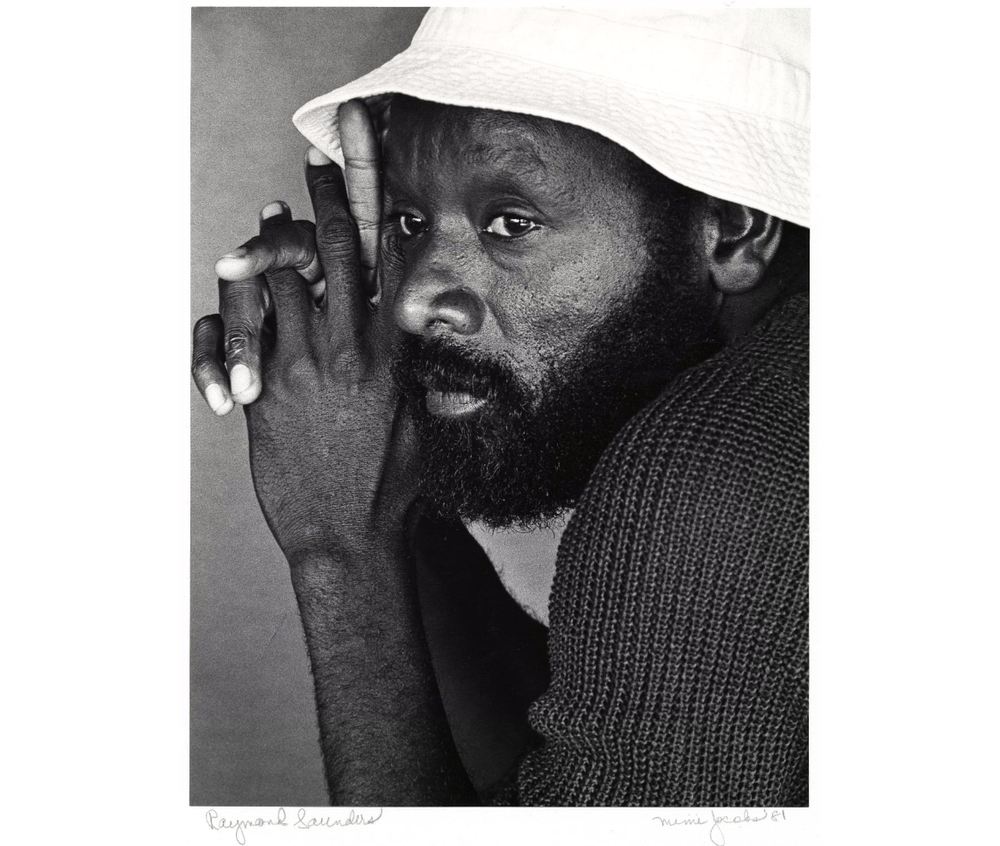Raymond Saunders. Black Is a Color
Raymond Saunders was interested in art as a form of free expression rather than as what he called “a political tool.”1 In the late 1960s, an era of civil rights and feminist activism in the arts that prioritized unified action over creating and sensing, Saunders’s self-published pamphlet Black Is a Color (1967) rejected the burden of politics placed on art made by African Americans. He wrote: “art projects beyond race and color; beyond america. it is universal, and americans—black, white, or whatever—have no exclusive rights on it.”2 His view was shared by some Black abstractionists and could be seen in Contemporary Black Artists in America, the Whitney Museum of American Art’s 1971 exhibition that sought to respond to activist demands for inclusion. As curator wrote Robert Doty wrote in the exhibition catalog, the focus was not on politics but art: “pictures and objects . . . creation . . . and human values.”3 (Fifteen of the seventy-five artists in the exhibition withdrew to protest that no Black specialists—artists or curators—were included in organizing the show.4) Saunders’s painting Marie’s Bill (1970) was reproduced in the catalog alongside Doty’s essay. It was later included along with his works Harlem (1972) and Learning to Count (1974) in the San José Museum of Art’s 1976 exhibition 20th-Century Black Artists, curated by Marie Johnson Calloway with support from the Santa Clara County Black Caucus.
Raymond Saunders, Black Is a Color (1967), reprinted in Darby English, 1971: A Year in the Life of Color (Chicago: University of Chicago Press, 2016), 270. ↩︎
Raymond Saunders, Black Is a Color (1967), reprinted in Darby English, 1971: A Year in the Life of Color (Chicago: University of Chicago Press, 2016), 271. ↩︎
Robert Doty, essay for Contemporary Black Artists in America, exh. cat. (New York: Whitney Museum of American Art, 1971), 7. Reprinted in Darby English, 1971: A Year in the Life of Color (Chicago: University of Chicago Press, 2016), 12. ↩︎
Roberta Smith, “Robert M. Doty, 58, a Museum Director and Curator,” The New York Times, November 26, 1992. ↩︎
